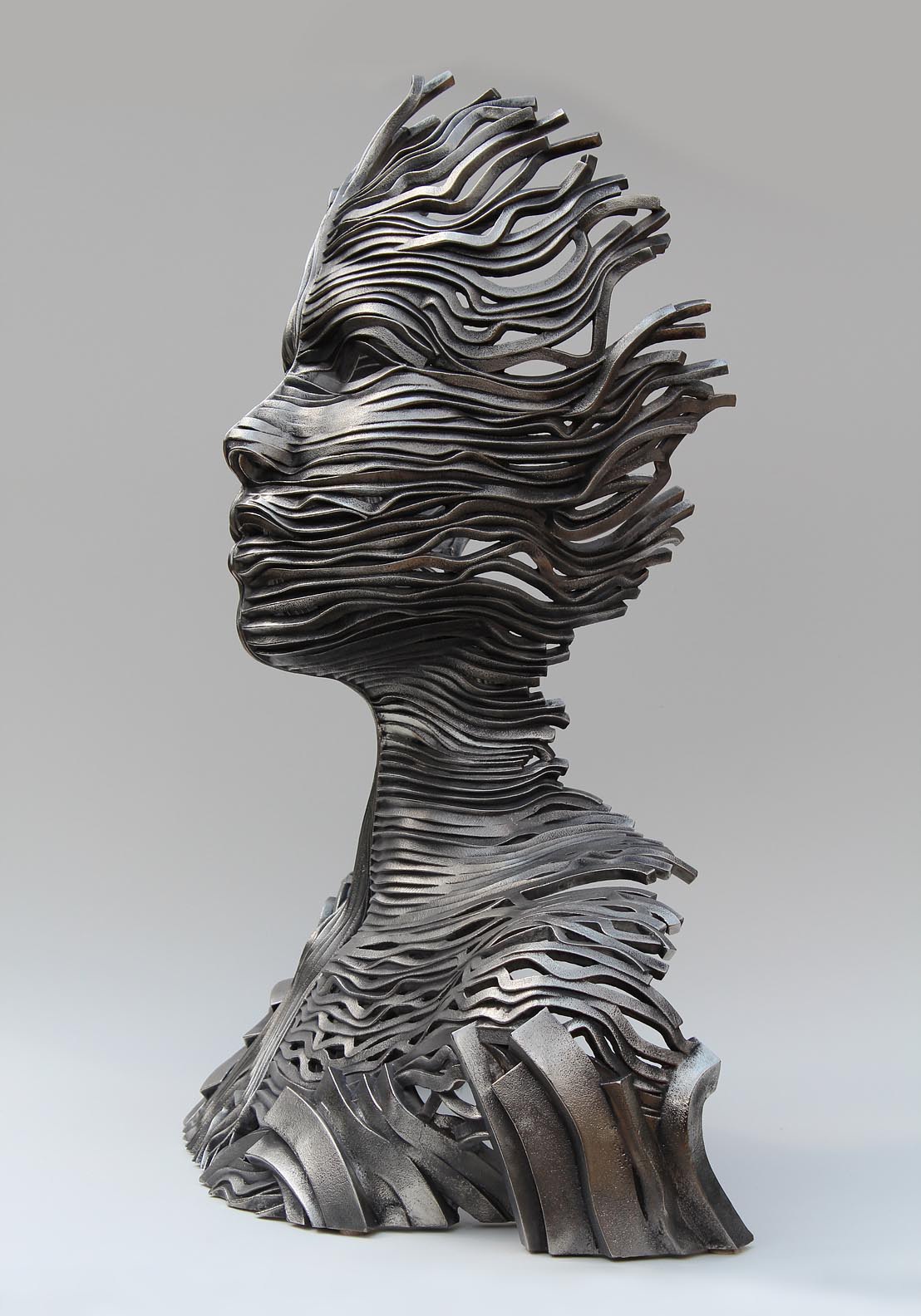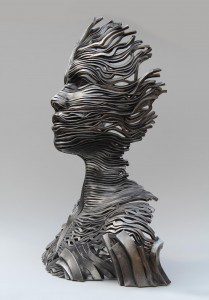
29 Aug BRUVEL’S “FLOW” SERIES AT DOLCE
Hot on the heels of the RNC then the DNC, this particular Labor Day weekend the Telluride Film Festival provides a much needed escape from the vitriol and the noise. But where to go when as good as it gets gets to be too much and you need a break from your break?
In town, the silver screen bleeds into a number of local art venues.
Check out the images of acclaimed British photographer Michael Ward now on display at the Ah Haa School for the Arts, 300 South Townsend. Ward had an uncanny eye for news and social commentary and his work captures the mood of Britain from the 1950s –1980s. One image of a young Warren Beatty (from the “You’re So Vain” years) with Joan Collins stands out.
The Telluride Gallery of Fine Art, 130 East Colorado, features 12 images photographed by Leni Riefenstahl, all hand-picked by the artist to celebrate her 100th birthday. (She died at 101.) Riefenstahl was part of the trio – her colleagues were Francis Ford Coppola and Gloria Swanson– lauded as tributees at the very first Telluride Film Festival in 1974. (See related post for a video of the work.)
And at Dolce, 226 West Colorado, sculpture by French artist Gil Bruvel captures a Film Fest leitmotif: the here-today-gone-tomorrow reality at the core of human existence – and its corollary, carpe diem. His “Flow Series” both embraces and expresses the prodigious scale of the new and constantly changing post-millennial world.
The artist is in town over Film Fest weekend to talk about his work.
“This will be Gil’s first visit to Telluride. I met him through another one of our artists, sculptor and furniture designer Jim Vilona, about five years ago and was instantly fascinated by his work and the complex ideas he manages to express in such intricate detail. Gil was originally a painter, who decided to translate some of his thoughts and images into 3D,” explained Beau Staley, owner, Dolce.
Archeologist Steven Mithen recently proposed the idea of “cognitive fluidity” as a way to explain how the modern human brain has evolved to mix types of intelligences over the course of time. There is no longer a real separation between art and science: mathematicians routinely work with concepts of creativity and visual artists may draw from the laws of physics or biology as ways to investigate an image. But this concept of interconnectedness goes beyond the binary – one thing linked to another moving in one direction – and instead involves uncovering new metaphors to represent our existence in an era in which “data,” be it ideas, perception, inspiration, or energy, flow in every direction.
Bruvel’s go with the Flow Series endeavors to express the fluidity of our contemporary age through monumental figures that embody the fragility of being in all its variety of experiences and states of mind, while also celebrating the vital energy that buzzes at the core of all living things. The “ribbons of energy” that comprise the work suggest we are both micro and macro, internal and external, discrete individuals and inextricably interconnected.
“I am an artist because it is the conduit to release the ideas and visuals I carry daily. Since I was a little boy I have pursued my own exploration rooted in the unconscious mind and nurtured with daily practice using a variety of mediums of artistic expression. My artistic process developed organically from my father’s cabinet shop to the stainless steel sculptures I create today. I am very passionate about my current expression – Flow Series. It is the culmination of my life’s work.”
Born in Sydney, Australia, in 1959, Gil Bruvel’s French-born parents moved the family back to the south of France when he was four years old. While taking drawing lessons at age nine and learning sculpture basics, Gil proclaimed himself an artist. He began working in oils at the age of 12.
Gil’s father, a renowned cabinet maker, instilled in Gil an understanding of precise construction and design. His education included furniture design, which Gil applied to his functional art designs in metal years later.
In 1974, Gil began studies at an art restoration workshop in Chateaurenard, France, where he learned the techniques of old and modern masters as well as art history of the 14th – 20th century. His duties included restoring ancient ceilings, frescoes, and paintings. Thereafter, the artist set up his studio in St. Remy de Provence until 1986 ,when he first made his way to the United States to establish a new permanent residence in 1990.
To preview the work, watch Clint Viebrock’s video.



Sorry, the comment form is closed at this time.